龙井茶:中国茶中的君子
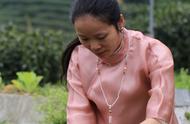

据估计,中国茶有两千种之多。而龙井茶常居中国名茶首位。
Picking Longjing tea at Meijiawu in Hangzhou. 采摘梅家坞龙井
Some Chinese tea connoisseurs refer to the tea produced in middle of Zhejiang province as the "gentleman" of teas. Known for its slightly yellow tinged green color, rich orchid and chestnut aroma, as well as its sweet aftertaste and neat appearance, it is so highly prized that in 2012, China's Ministry of Foreign Affairs sent Russian President Vladimir Putin some Longjing as a gift for his 60th birthday.
常喝龙井的老茶客有时会把它称作“君子茶”。龙井茶产于浙江中部,人称有四美:“色绿、香郁、味甘、形美”。龙井茶外形扁平、挺直而光滑。香气独特,人们喜欢以板栗和兰花来形容。2012年,中国外交部把这种茶作为生日礼物送给里俄罗斯总统普京。
The appellation also probably comes because the tea has a long history. On almost every authoritative top 10 famous Chinese teas listings, Longjing rises to the top. In 2008, the roasting production technique of West Lake Longjing tea was listed as a Chinese national-level intangible cultural heritage.
之所以称之为“君子”,可能还因为龙井茶深厚的历史背景。在权威的中国十大名茶评选中,龙井总是占据首位。龙井茶炒制工艺是国家级非物质文化遗产。
Spreading out the Longjing tea leaves for further processing. 萎凋:采摘后,鲜叶室外摊凉俩小时后,使叶片柔软便于炒青。
The tea leaves undergo its first roasting. 炒青(或称杀青、青锅). 第一次机器干燥7分钟左右,温度170--190之间。出锅时往下调10度出锅
Cooling 回潮
A tea with such high status has legends and tales around it worthy of a TV series. Firstly, there really is a “dragon well”, a small pool of spring water located at the northwest foot of Wengjia Mountain to the west of West Lake in Hangzhou. According to a local legend, which is, of course, unconfirmed, the pool is believed to have a dragon in it. And the said dragon can access the sea through, presto, a subterranean channel. That’s also where the Dragon Well village and the Dragon Well temple are situated.
作为茶界老大的龙井茶,传奇和故事足以拍一部电视连续剧了。在此列举一二。首先,龙井之名,来源自一口真的“龙井”,在西湖西面翁家山西北麓。前人相信“龙井”中有龙,而且与海相通。另外,龙井也是村名,还有一个寺庙也以龙井为名。
The history of tea making in the West Lake area dates back to the Tang Dynasty (618-907). That dates the written history of tea in the area to more than 1,500 years. By the Ming Dynasty (1368-1644), Longjing was listed among the top Chinese teas. It reached the top of the list during the Qing Dynasty (1644-1911), especially because of recognition from Emperor Qianlong.
此外,龙井茶很受清朝乾隆皇帝赏识。西湖地区制作龙井茶的历史可以追溯到1,500年前。明朝时龙井就被列为名茶,但是到清朝,才开始得享盛名。
Second roasting for tea to take shape, 10 minutes. 辉锅:锅温50/60度。炒7-10分钟,(炒至青黄色)每次一锅三两左右。四斤茶青做一斤干茶。
Partly because of the area’s early prosperity, Qianlong visited the region six times in his reign of 61 years, and is said to have watched tea making on four visits. He wrote poems about tea making and tea drinking, and designated 18 tea shrubs in front of Hugong Temple as “imperial tea”. Longjing then became a tribute to emperors. It has also been given to foreign leaders as a state gift.
很可能因为当时杭州地区经济发达,历史记载,乾隆帝在61年统治生涯中,六下江南,据说有四次巡视龙井茶事。期间这位多才的皇帝不仅写下了多首茶诗,还将狮峰山胡公庙前的18棵龙井茶树封为“御茶”。自此,龙井茶成为贡品。其实,在现代,龙井茶也是国礼。
Some of the best-known West Lake Longjing brand names are those from Shifeng (Lion’s Peak), Wengjia Mountain, Yunqi (Cloud Dwell), Hupao (Tiger Run) and Meijiawu, all areas around the West Lake. With fertile lands and mountains on three sides, the area stops chilly winds from the north while retaining warm air currents from the south. That favorable geographical feature, along with superior local water quality, helps to produce a great tea.
西湖龙井的代表是“狮、龙、云、虎、梅”,分别是狮峰山,包括龙井村,翁家山一带,云栖一带,虎跑和梅家坞一带。这些环西湖地区土壤肥沃,三面环山,既能阻挡北面寒流,又能截住南面暖流,再加上优质水源,自然条件得天独厚。
Screening out incomplete leaves筛选
While West Lake Longjing is the representative of the tea variety, many other parts of middle Zhejiang also produce great Longjing. Hangzhou’s Qiantang district and Yuezhou district produce good Longjing tea. Xinchang in Shaoxing produces Da Fo Longjing, which has become better known over the years.
西湖龙井是龙井茶的代表。但是浙江其它地区也生产龙井茶。杭州除了西湖区,钱塘区和越州区也生产龙井。其它地区的龙井则统称为浙江龙井。其中绍兴新昌县的大佛龙井名气也很大。
As an anti-counterfeiting measure, in July 2011, Hangzhou’s West Lake district’s Longjing Tea Industry Association received a geographical indications trademark for Longjing tea, which means other regions cannot use the brand name West Lake Longjing to promote their teas.
作为一种防伪的手段,2011年7月,杭州西湖区龙井茶产业协会从国家商标局领到了“西湖龙井”地理标志商标证书。这意味着杭州西湖区之外的龙井产地都不能再使用这一商标。
Shouhui, drying with limestone, for 7-15 days. 收灰(成品)
Apart from other preparations, the tea goes through the traditional step of shouhui — limestone, wrapped in paper, is put in a pile of tea to reduce the heat of roasting and absorb the grassy odor. This step also helps to increase the tea’s aroma and make it more suitable for storing.
龙井制作工艺繁杂,尤其是成茶前的收灰,是一道非常传统的工艺,是在炒好的龙井茶中,放入纸包的生石灰石,经过一周到两周的密封封存,达到退火、收干、提香和保鲜的目的。
Longjing tea is one of the most expensive varieties in China. Teas made in early spring can sell for more than 1,000 yuan (4) per 500 grams. The tea is picked 30 times each year until autumn, so buyers can always find more affordable prices. Some tea store also sells as little as 50 grams so anyone can get to try even the most expensive tea.
龙井茶,尤其是明前龙井,属于茶价较高的茶类。精品明前龙井可以卖到数千元一斤。但是龙井茶一年到秋季可以采摘30次,因此完全可以找到买得起的龙井。另一方面,对于高价茶,有些茶叶店可以50克甚至更少的份量起卖,因此,少花点儿钱,也可以尝到好龙井茶。
Brewing. 冲泡
作者叶军,中国日报资深生活方式编辑

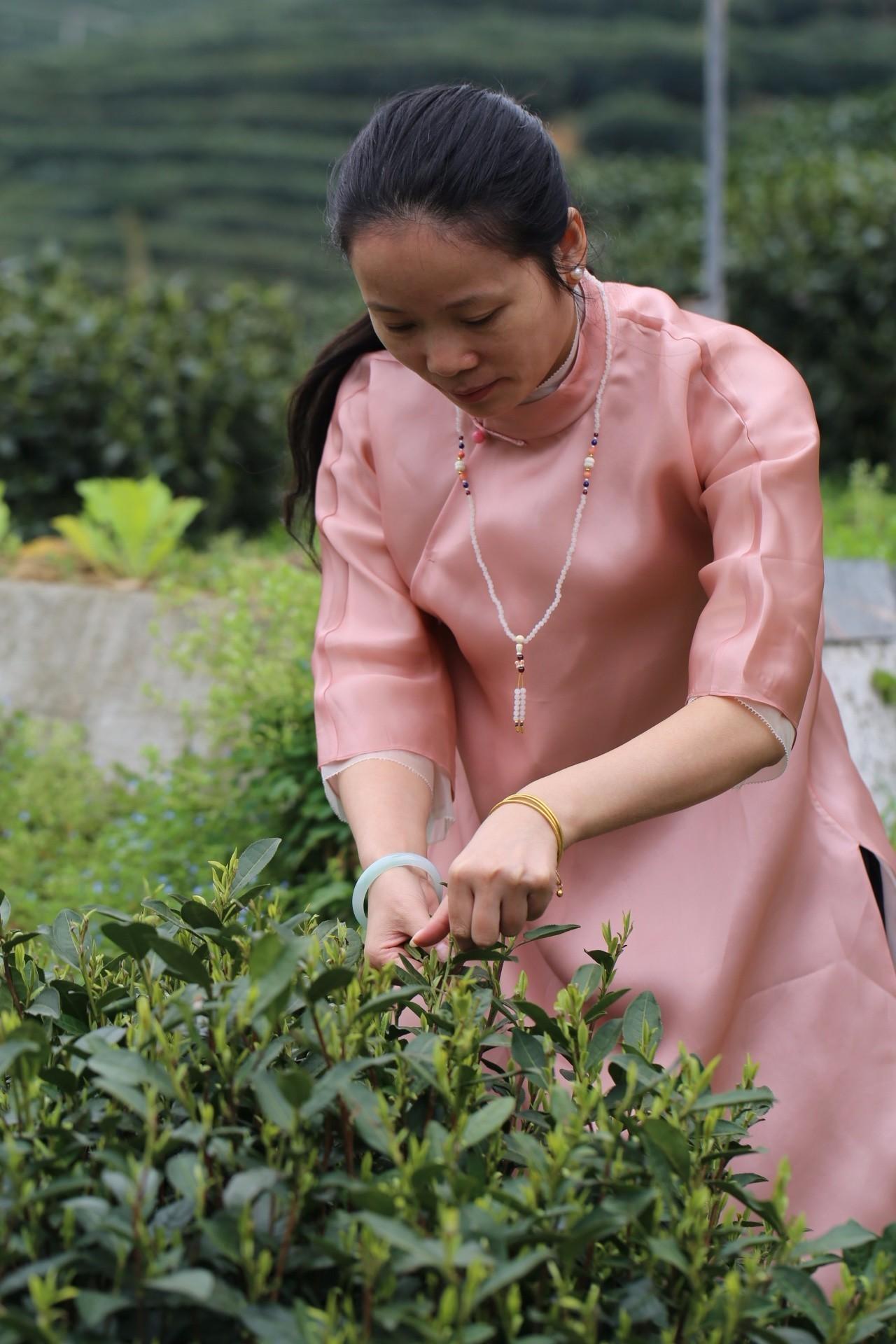


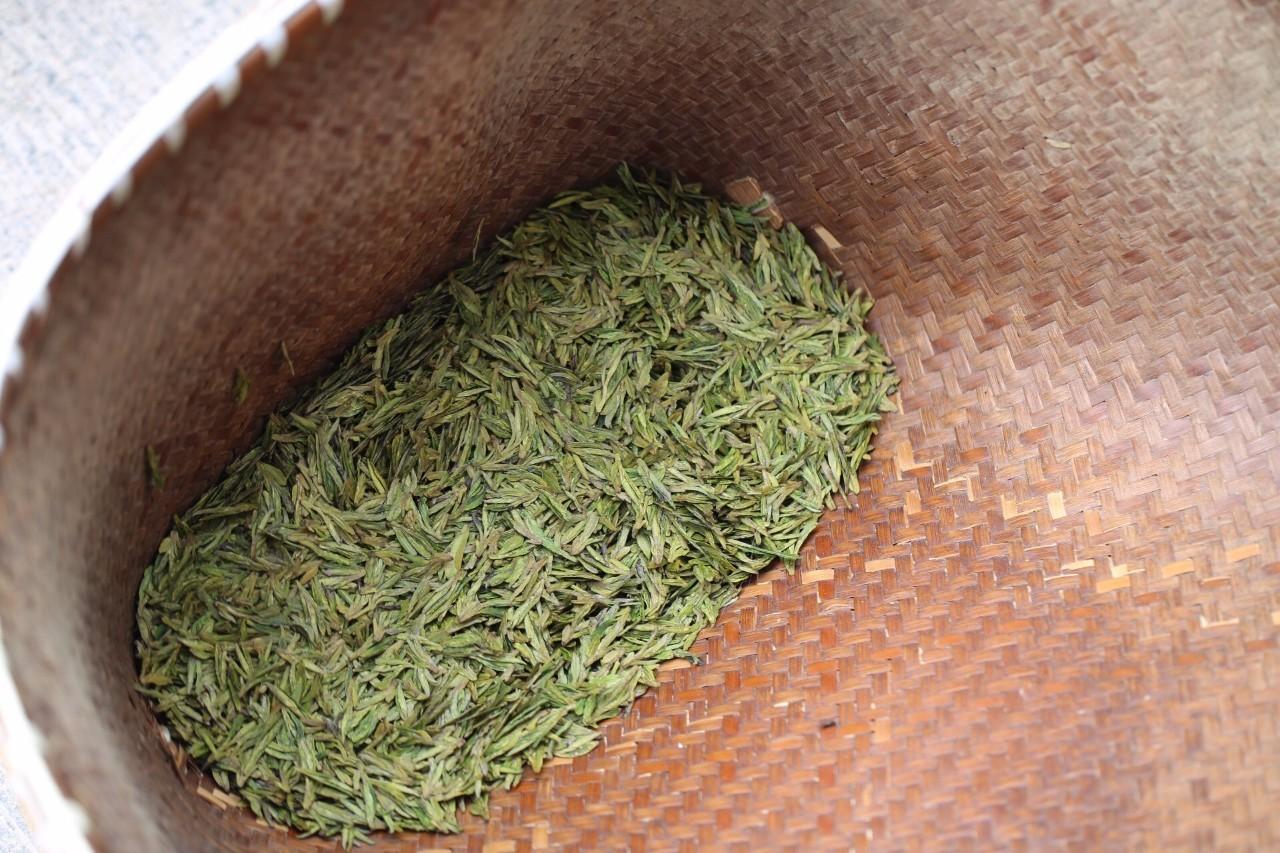

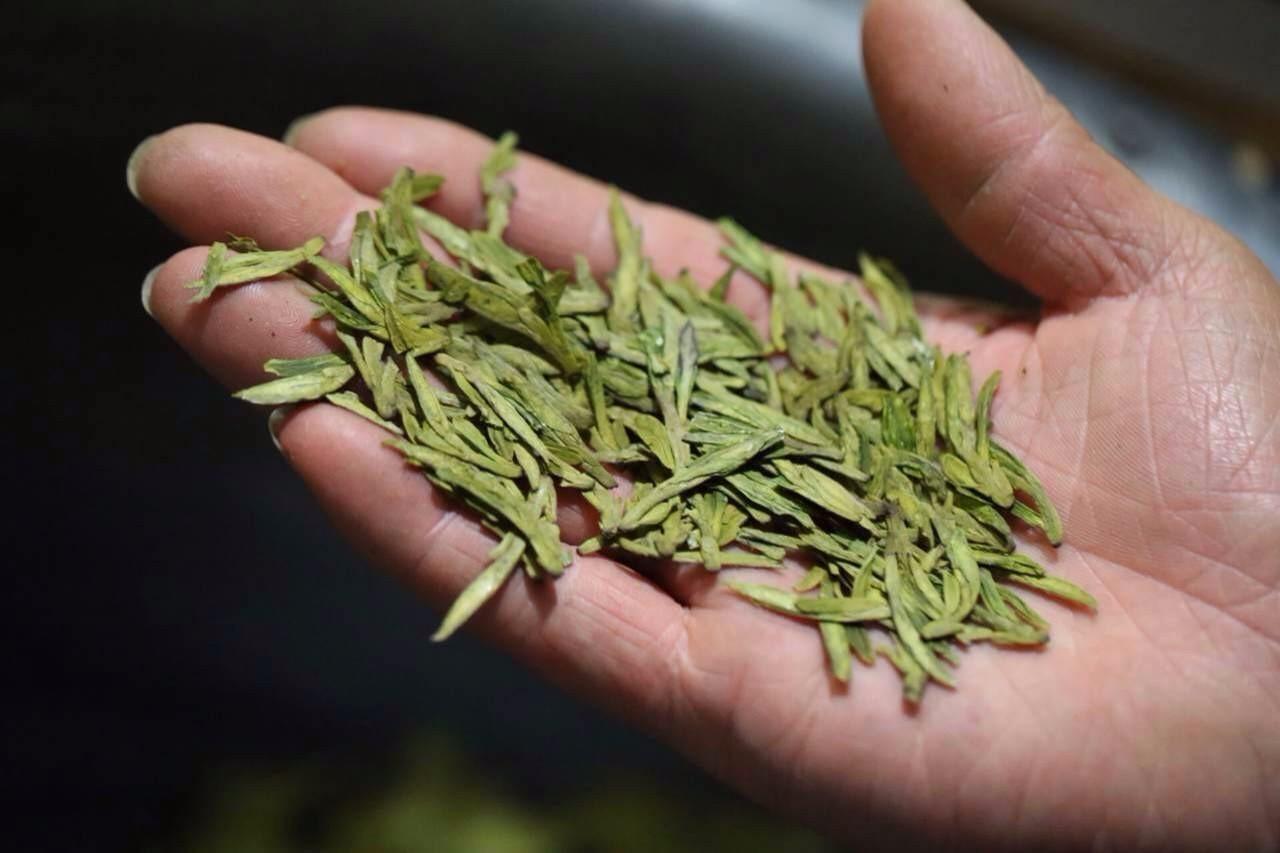



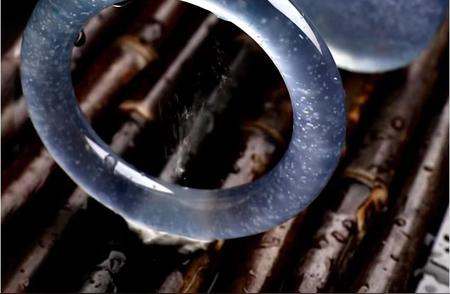

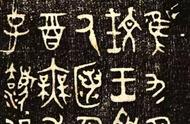
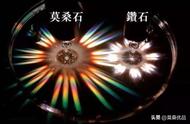




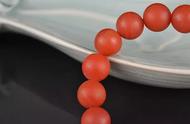
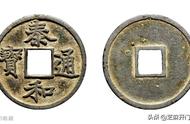
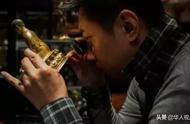


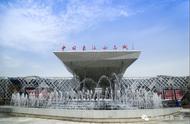


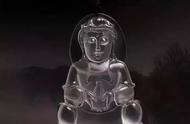
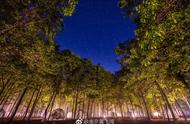
 鲁公网安备37020202001852号
鲁公网安备37020202001852号